More than a century ago, a biologist’s remarks set people searching for yogurt as a cure for old age


The field of tissue engineering aims to replicate the structure and function of real biological tissues. This engineered tissue has potential applications in disease modeling, drug discovery, and implantable grafts.

Quantum computing promises to solve the seemingly unsolvable in fields such as physics, medicine, cryptography and more.
But as the race to develop the first large-scale, error-free commercial device heats up, it begs the question: how can we check that these ‘impossible’ solutions are correct?
A new Swinburne study is tackling this paradox. The paper is published in the journal Quantum Science and Technology.
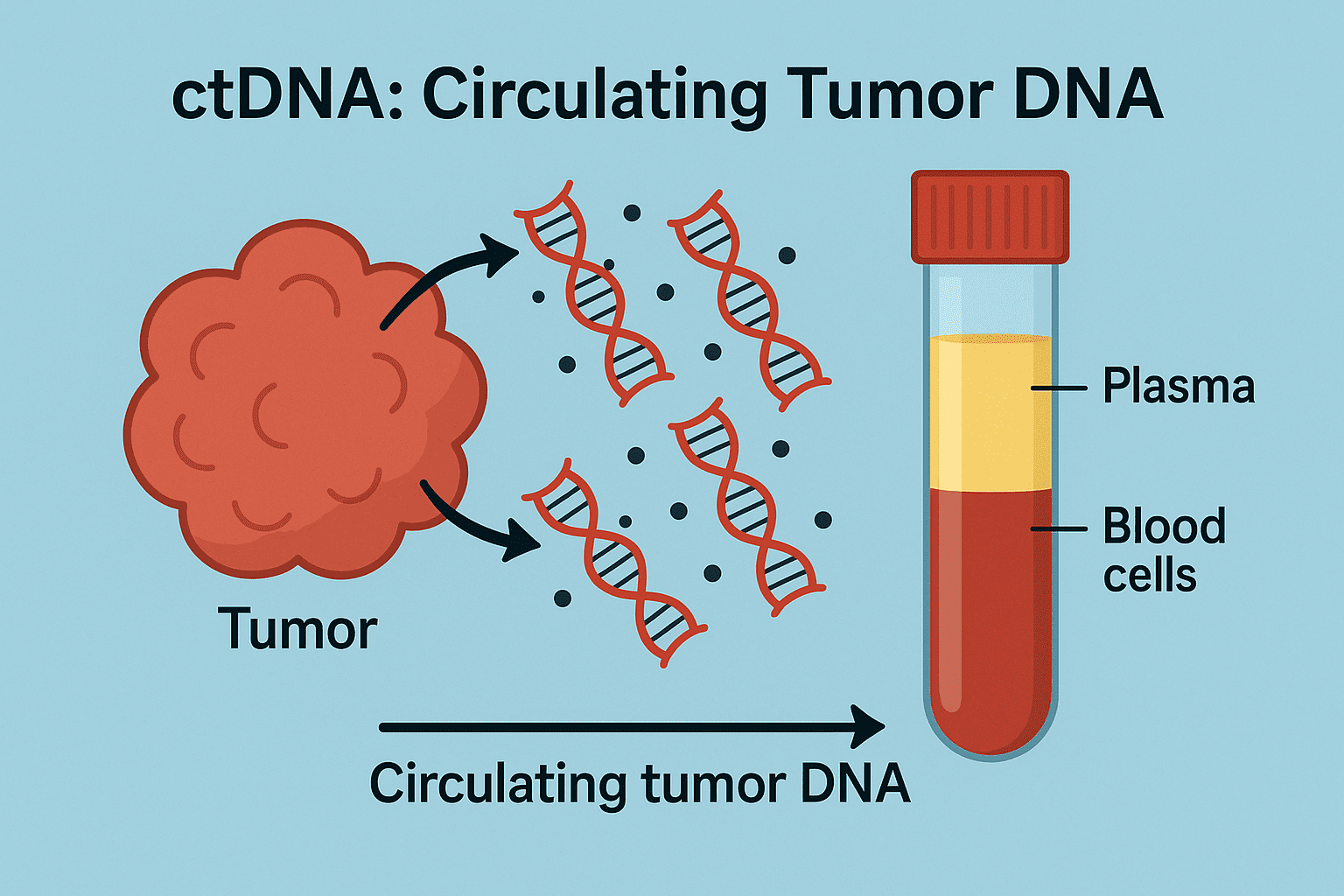
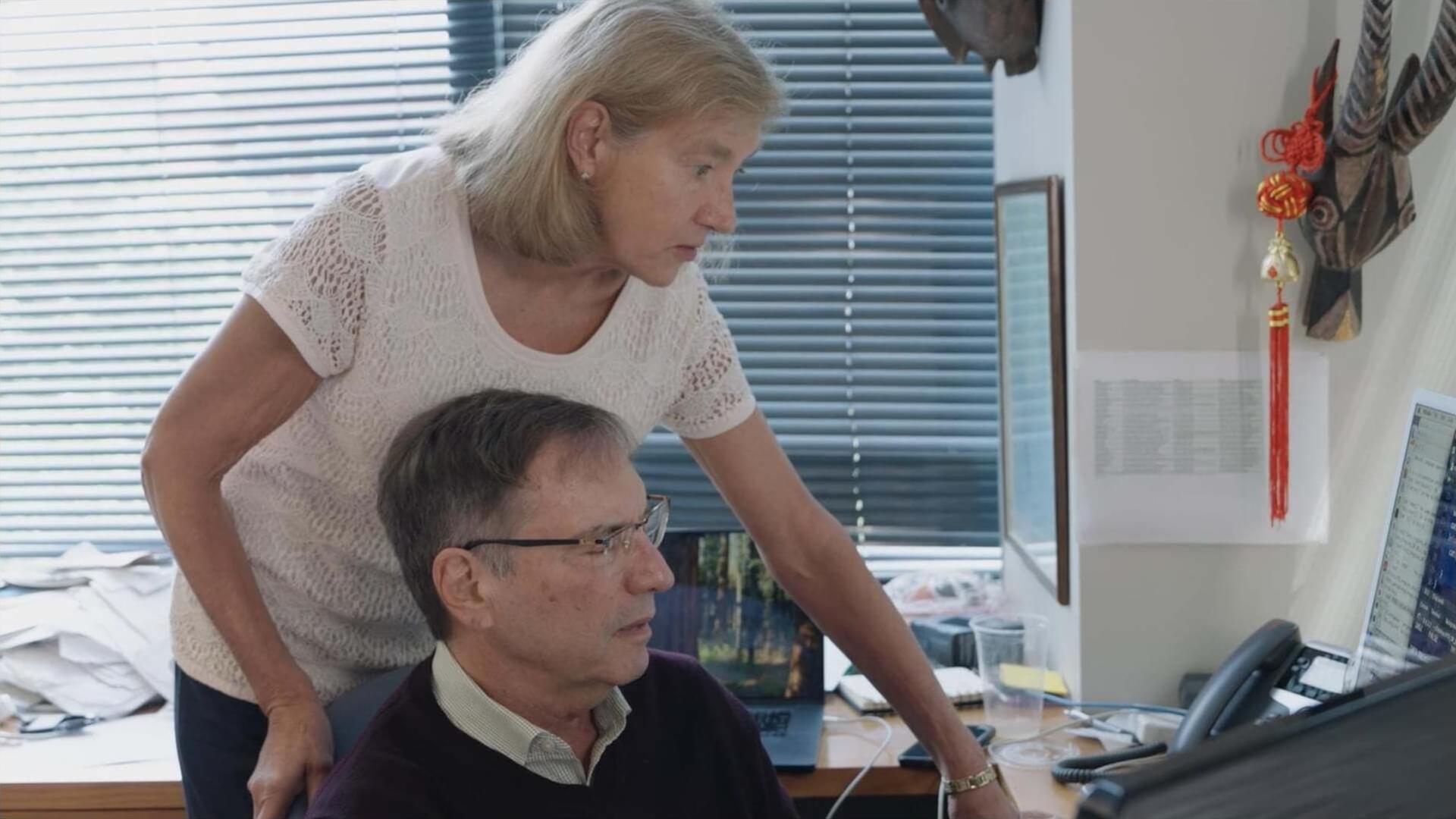

Recent technological advances have opened new possibilities for the development of advanced biomedical devices that could be implanted inside the human body. These devices could be used to monitor biological signals that offer insight about the evolution of specific medical conditions or could even help to alter problematic physiological processes.
Despite their potential for the diagnosis and treatment of some conditions, most implantable devices developed to date are based on rigid electronic components. These components can damage tissue inside the body or cause inflammation.
Some electronics engineers have been trying to develop alternative implantable electronics that are based on soft and stretchable materials, such as polymers. However, most known polymers and elastic materials are not biocompatible, which means that they can provoke immune responses and adversely affect the growth of cells.

Researchers have developed a new type of microscope that can acquire extremely large, high-resolution pictures of non-flat objects in a single snapshot. This innovation could speed up research and medical diagnostics or be useful in quality inspection applications.
“Although traditional microscopes assume the sample is perfectly flat, real-life samples such as tissue sections, plant samples or flexible materials may be curved, tilted or uneven,” said research team leader Roarke Horstmeyer from Duke University.
“With our approach, it’s possible to adjust the focus across the sample, so that everything remains in focus even if the sample surface isn’t flat, while avoiding slow scanning or expensive special lenses.”
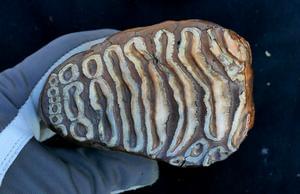
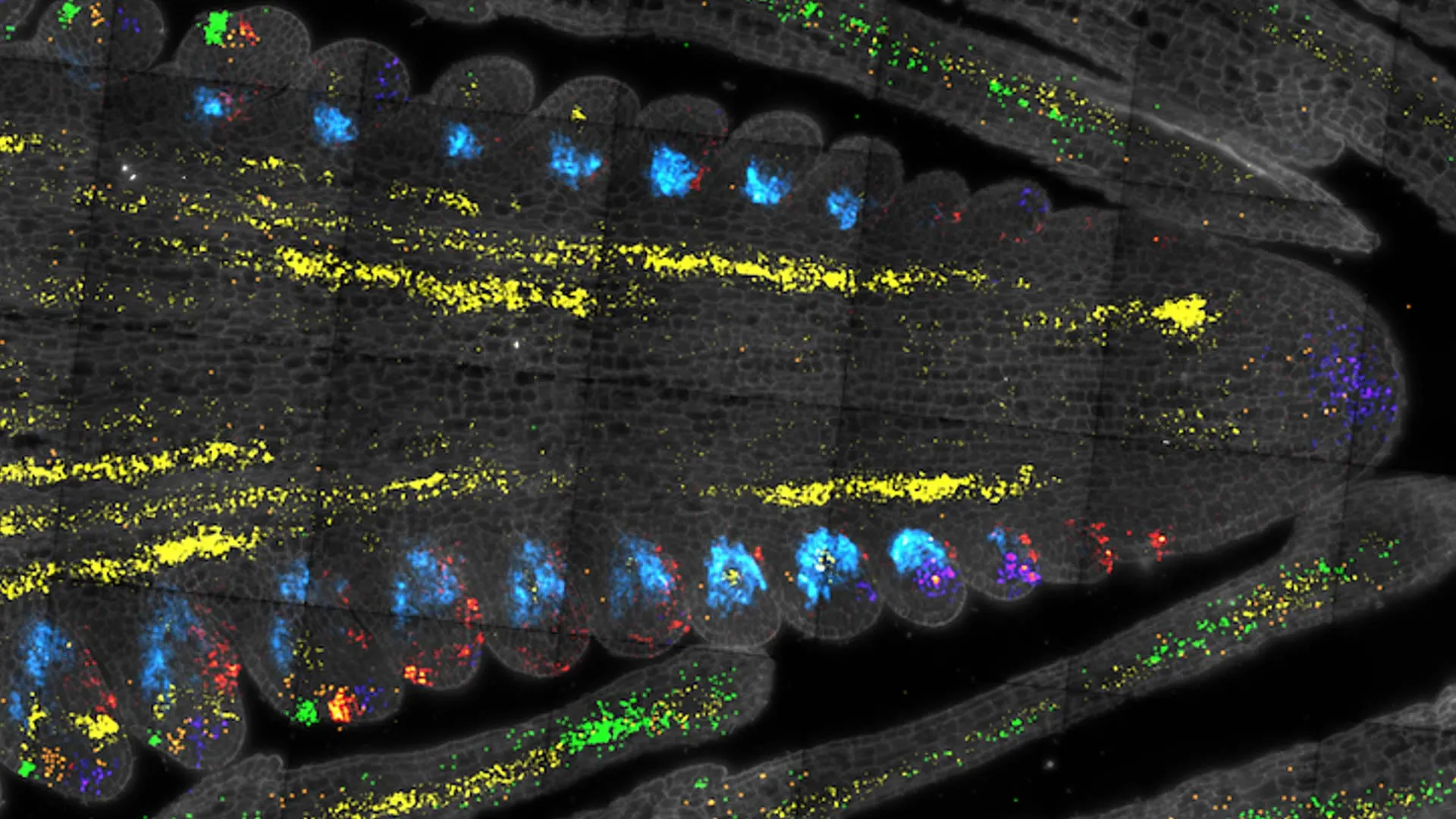
Scientists at Cold Spring Harbor Laboratory have cracked open the secrets of plant stem cells, mapping key genetic regulators in maize and Arabidopsis. By using single-cell RNA sequencing, they created a gene expression atlas that identifies rare stem cell regulators, links them to crop size and productivity, and offers a new roadmap for breeding resilient, high-yield plants.
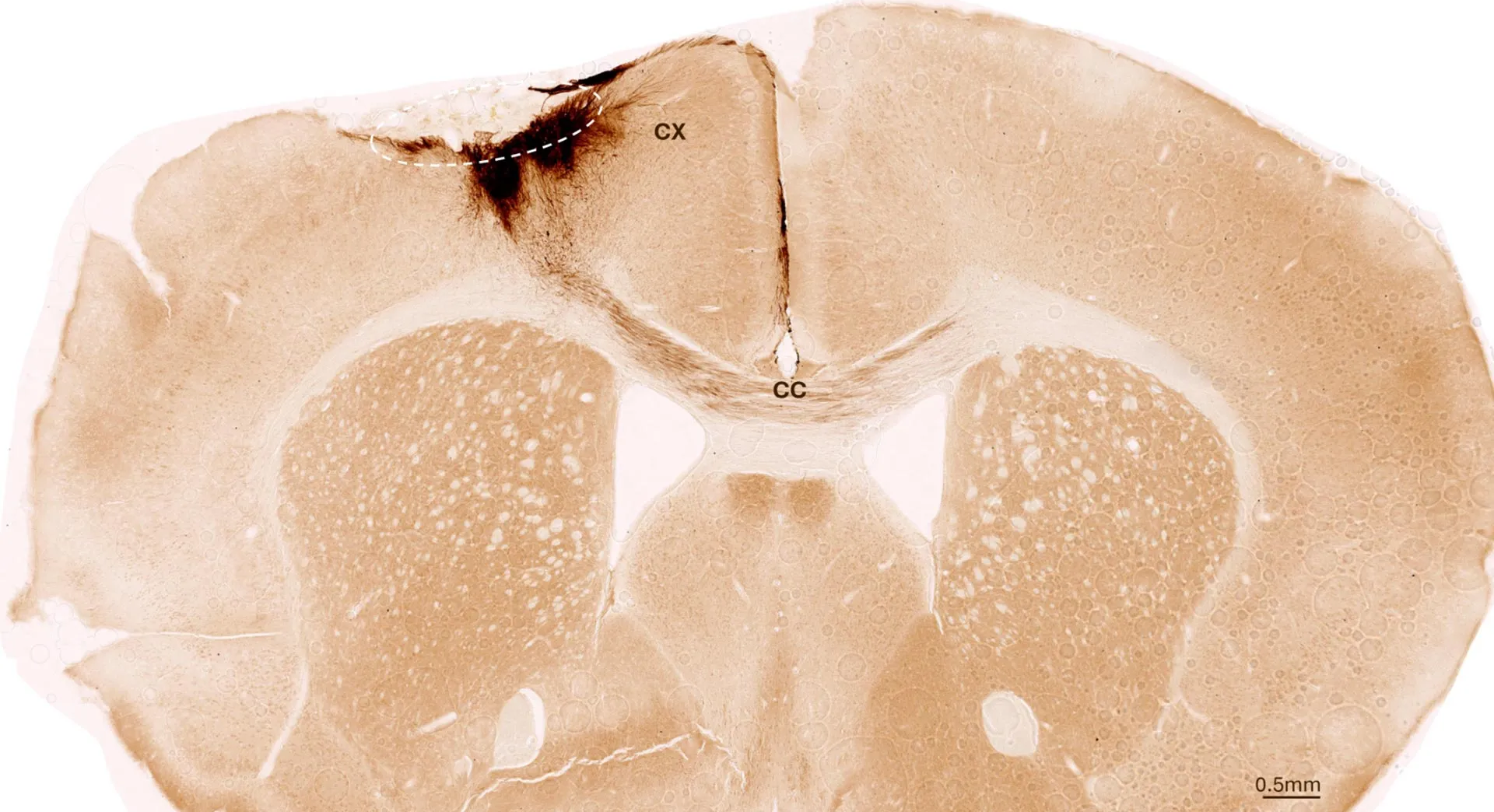
Scientists in Zurich have shown that stem cell transplants can reverse stroke damage by regenerating neurons, restoring motor functions, and even repairing blood vessels. The breakthrough not only healed mice with stroke-related impairments but also suggested that treatments could soon be adapted for humans, marking a hopeful step toward tackling one of the world’s most devastating conditions.